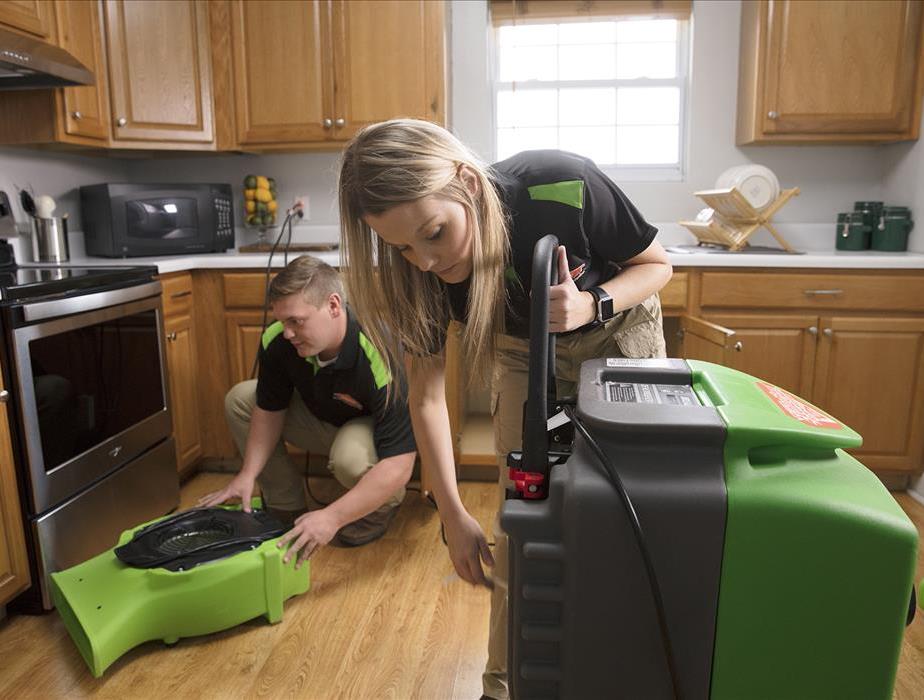5 Tips for Responding to Water Damage in your Home (Clean Water Situations)
10/3/2023 (Permalink)
Life has a tendency of throwing unexpected headaches our way at inopportune times. For this reason, it is important that we occasionally take a moment to educate and prepare ourselves for the unexpected events that might otherwise knock us to our knees. Today, our blog is going to help you become educated on some of the key actions you can take after water damage occurs within your home. It is important to note that these tips are based on the assumption that the water damage you are dealing with is clean water.
Tip #1
Shut off the water source
While this first tip may seem quite obvious, it still deserves explanation. Shutting off the water source should be done as quickly as possible, however, not without evaluation. Make sure that it is safe to enter the area where your water shut off is. Wet, sagging ceilings are a clear indicator that the area you are entering is dangerous. Sagging ceilings are also an indicator that water has passed through multiple materials like insulation and drywall, and therefore professionals should be contacted as this is likely now contaminated water.
Tip #2
Shut of Power in the Damaged Area and Keep Ceiling Fixtures Off
Going off of the last tip, identifying wet ceilings is crucial to ensure your safety after water damage. If the area is safe, identify and turn off the power source. If a ceiling is wet, any fixtures on that ceiling should remain OFF, as it will only make matters worse and put you and other household members at further risk of harm. If any of your ceilings appear to be sagging, you should KEEP OUT of these areas as it could end up collapsing.
Tip #3
Contact Professionals
Our ultimate goal with water damage is to avoid any serious structural/indoor air quality issues, as well as any costly future restoration. For this reason, it is important that we treat every water damage scenario as a serious threat. The two main components to water damage restoration are fast action and thorough drying. Contacting trained, certified professionals will help ensure that all of the proper steps are being taken, and all of the proper tests and reports are being done to make sure that everyone within that home is returning to a clean, safe environment. For consultations or to schedule service, call our local franchise at (815) 728-7621
Tip #4
Remove Excess Water
It is best to have trained professionals handle water damage restoration, but in a clean water scenario, you can certainly play a role in minimizing the total water damage. If there is excess water in an area that you have deemed safe to enter, you may remove some of that excess water by mopping or blotting. Do NOT use a regular vacuum to remove water.
Tip #5
Protect Belongings/Prevent Further Damage
At this point, you have ensured safety, shut off the water source, and removed excess water that you could. Now, you will likely want to prevent any further damage to your property/belongings. If you have carpeted areas that have been affected, be sure to remove any Oriental or colored rugs, as well as any books, magazines, or other colored items that may leave stains/discoloration on your carpet. Hang any furs and leather goods separately at room temperature. Lastly, place aluminum foil or wood blocks underneath the legs of your furniture. These precautions will help you salvage/protect your belongings from the wide range of threats water damage can pose.




 24/7 Emergency Service
24/7 Emergency Service
